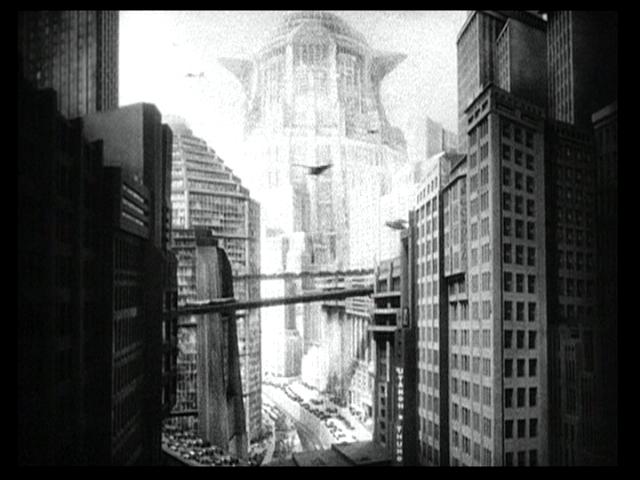
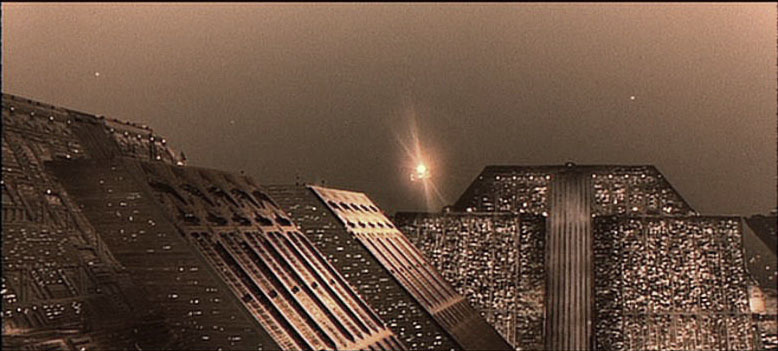
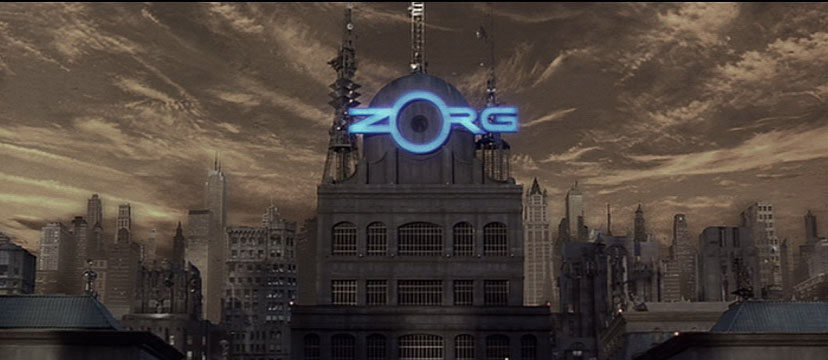
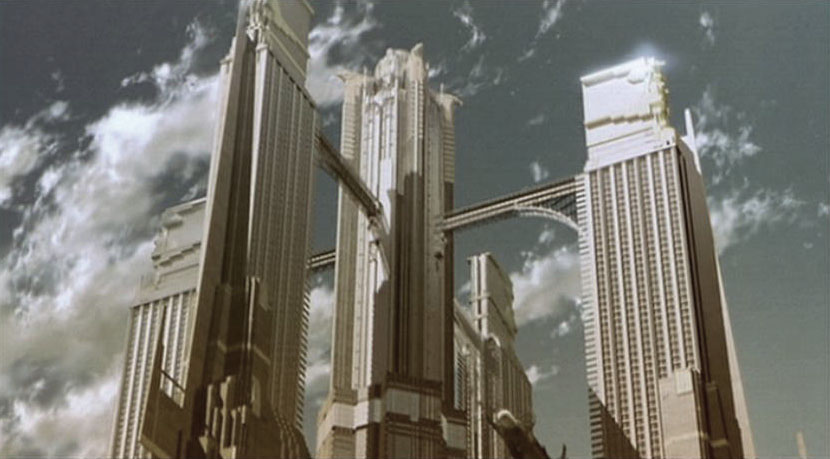
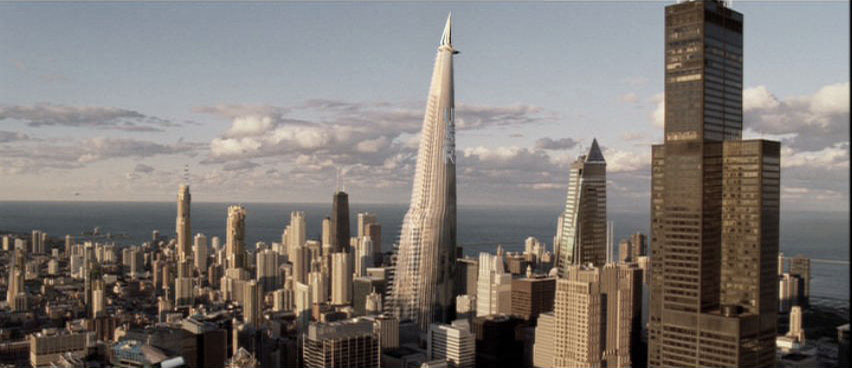
Architecture and film have an integral link, both architecture and the urban environment does more then provide a setting for movie action to take place, film provides an opportunity to build and explore the possible and impossible, allowing the audience to examine and question the implications that a particular 'built' environment may pose. This exploration of time and space through the linear succession of film can be seen as early as the nineteen twenties, at which time a heated debate about the skyscrapers and urban growth was raging in Europe, and in particular Germany. With the demise of traditional architecture and the rise of modern movement, monumental skyscraper began to punctuate the skyline of many European cities, replacing church towers that once dominated the vertical plain. A critical criticism of the monumental modern towers pursued, the discussions and debates of the time still hold value in today's contemporary society, Frenand Keger and Jose Luis Sert were two such critical thinkers in 1941 published an essay, Nine points on Monumentality; within their work is defined the necessary elements of monumental architecture:
" 1. Monuments are human landmarks which men have created as symbols for their ideals, for their aims, and for their actions. They are intended to outlive the period which originated them, and constitute a heritage for future generations. As such, they form a link between past and the future.
2. Monuments are the expressions of man's highest cultural needs. They have to satisfy the eternal demand of the people for translation of their collective force into symbols. The most vital monuments are those which express the feeling and thinking of this collective force - the people. ...
7. People want the building that represent their social and community life to give more than functional fulfillment." (Frampton 223)
One of the fundamental problems associated with Keger and Sert's thinking is that it is nearly impossible to represent the collective consciousness in modern society, and unlike the monumental cathedral spire, the modern monumental towers are not build by the collective but rather by an elite few, often having negative implications for the collective, as will be seen in the movies, Metropolis 1927, Blade Runner, The Fifth Element and Metropolis 2001. One critic, Siegfried Kracauer, describes high-rises as, "Towering monsters, owing their existence to unlimited greed of beastly capitalism, assembled in the most chaotic and senseless fashion, clad in luxurious fake architecture, which is far from appropriate for it profane purpose" (Neumann 35) It is Kracauer's frame of mind that had captured directors and audience's imaginations alike, and has results in a number of films that explore the iconic architecture of power.
Christmas of 1924 marks an interesting moment in film history. That Christmas the entire façade of Ufa, Berlins largest theater, was transformed into a billboard advertising director for Friedrich Wilhelm's new film Murnau where 'the entire front has been rebuilt as a perspective view of skyscrapers' (Neumann 33). Although Wilhelm's film did not contribute significantly to architecture and film, the ambitious set complete with thirty story skyscrapers in the center of an urban core did create an iconic vision of a metropolis presented as fast paced, faceless, and heartless place, giving form to Kracauer criticism. This film also created a fascination with skyscrapers as a building type, while at the same time raising questions about the implications of living in a dense metropolis. Following Wilhelm's film Murnau, a number of films followed that also used skyscrapers as a medium for discussion. Most but not all, of these films present a dark dystopic vision of the future, with one exception, I Robot, which will be touch upon later.